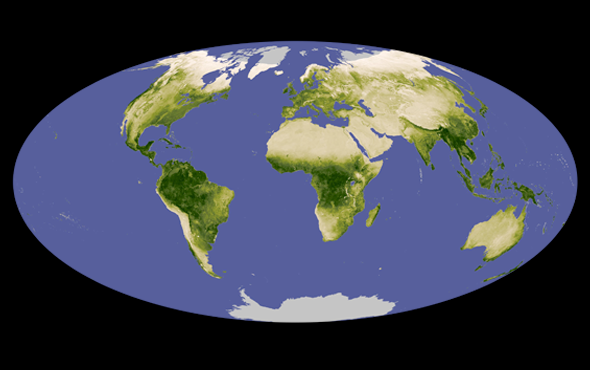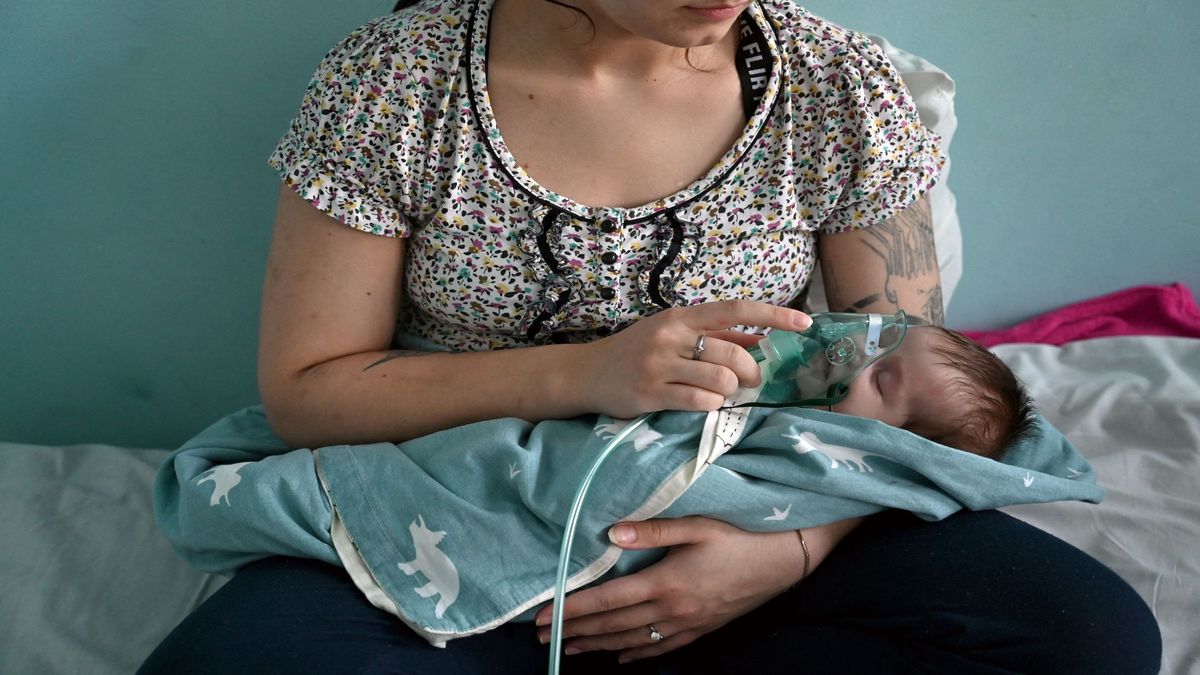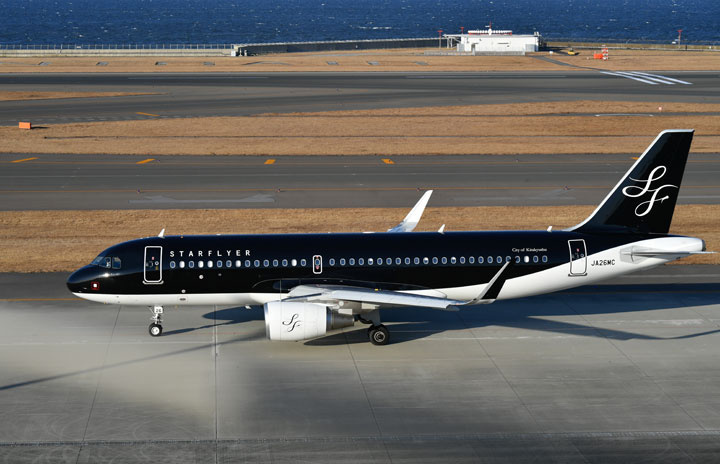by Sandra Erwin —

General Atomics Electromagnetic Systems will develop a 400-kilogram satellite projected to launch in 2024 0r 2025 for a three-year demonstration
WASHINGTON — The U.S. Space Force selected General Atomics Electromagnetic Systems and Orion Space Solutions to each develop and launch demonstration satellites for weather imaging and cloud characterization.
The Space Systems Command announced the selection in a news release Feb. 28 but did not disclose the value of the contracts. The two companies were chosen following a three-way competition with Raytheon Technologies for the Electro-Optical/Infrared Weather System (EWS) program.
Orion Space (previously known as Atmospheric & Space Technology Research Associates), based in Louisville, Colorado, will launch a cubesat in late 2022 for a one-year demonstration. The company did not provide details of its cubesat design or industry partners in the program.
General Atomics Electromagnetic Systems (GA-EMS), based in San Diego, California, will develop a 400-kilogram satellite projected to launch in 2024 0r 2025 for a three-year demonstration.
General Atomics’ satellite is intended to fill a gap in weather coverage as the military’s decades-old Defense Meteorological Satellite Program (DMSP) satellites are running out of fuel and projected to be out of service between 2023 and 2026.
Both demonstration satellites will be launched into a low polar orbit to collect weather imaging and cloud characterization data.
“This is a major step forward for the EWS Program,” said Lt. Col. Joseph L. Maguadog, EWS materiel leader and program manager. “This EO/IR imaging capability will succeed the aging DMSP at a lower cost to the government,” he said.
The EWS satellites will be used by the U.S. and NATO allies to provide weather data that is critical to military operators such as flight routes, combat search and rescue, maritime surface tracking efforts, enemy missile observation and intelligence collection.
Gregg Burgess, vice president of space systems at GA-EMS, told SpaceNews the company expects the demonstration will lead to additional orders. For the EWS program the company proposed a 12-satellite constellation that would provide a high refresh rate.
GA-EMS since 2020 has received nearly $200 million in Space Force funding for the EWS satellite development and for the three-year demonstration.
The company teamed with EO Vista, an electro-optical infrared sensor provider. The EWS program demands a high-resolution EO/IR sensor, Burgess said. “If you want a clear view of the ground, you need to know where the clouds are.”
“Our sensor looks at the clouds in 16 different spectral bands ranging from visible to various wavelengths and infrared,” he said. The EWS demonstration contract also requires a ground system to operate the satellites and distribute the data. GA-EMS selected Parsons to develop the ground system.
“Our contract is to deliver the complete end to end system for this first prototype demonstration,” he said.
Burgess said the EWS award is a significant win for GA-EMS as the company tries to gain a foothold in the DoD satellite market.
“I can’t minimize the importance to General Atomics of winning this program,” he said. “It has the potential for being what we call a franchise program. When you win a Department of Defense satellite project, it can go on for decades.”
The Space Force has yet to decide a long-term procurement plan for the EWS program. Conceivably the Space Force would start buying satellites in 2023 and the constellation would require a “constant stream of replenishing” as satellites age out, he said. “Over time it could be a program that’s worth well over a billion dollars over the next 20 years.”
Meanwhile, the Space Force is exploring the possibility of buying weather data as a service as an alternative to buying and operating satellites.
Burgess said General Atomics is interested in pursuing that opportunity as well and responded to a recent request for information for industry ideas on how companies could provide weather data as a service.
Note: This article have been indexed to our site. We do not claim legitimacy, ownership or copyright of any of the content above. To see the article at original source Click Here












